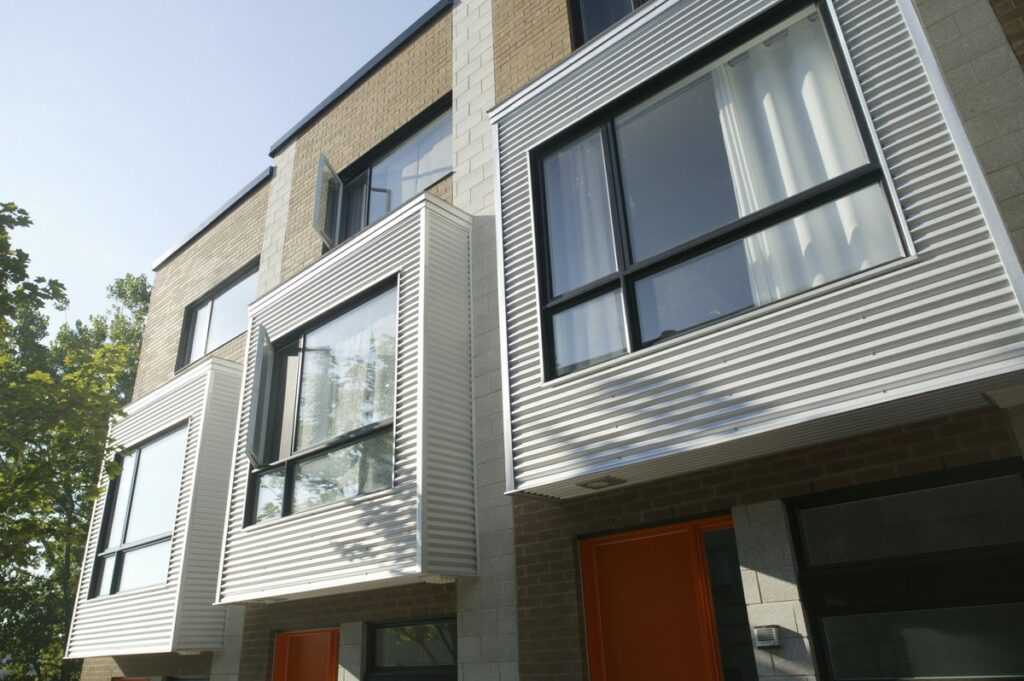Esch-sur-Alzette, a community on the move

The city ofEsch-sur-Alzette is changing. The municipality is multiplying projects aimed at enriching its offer in terms of housing, shops and services. These projects are part of a vast urbanisation programme that aims to be coherent and sustainable. "Esch" could have 40,000 inhabitants within twenty years.
"At the crossroads of the north-south and east-west routes, the discovery of iron ore and the development of the metallurgical industry in the 20th century quickly turned Esch-sur-Alzette into a modern and active city, which is still growing. Today, Esch-sur-Alzette offers its inhabitants and visitors all the facilities and services worthy of a dynamic and evolving metropolis, at the heart of a fast-changing Europe. Its constant concern is to combine historical heritage and futuristic visions of a city open to new challenges," reads the website of the iron metropolis, which has 32,000 inhabitants representing 120 different nationalities.
Student" city
This ambition can be seen when you stroll through its streets, particularly in the city centre, which is very pedestrian-friendly and encourages soft mobility. The commercial offer is important with more than 600 shops and more or less 200 restaurants, cafés and other snack bars. In 2013, Esch-sur-Alzette launched a major consultation with its inhabitants in order to perfect its offer, with the aim of satisfying the expectations and needs of its population as well as those of its many visitors (the commercial attractiveness attracts cross-border commuters, in particular). A new "commerce" action plan is currently being drawn up to take these needs into account. An effort will be made in particular towards the many students expected with the installation, in progress, of the University in Belval (see box). Young people and their teachers that the municipality intends to welcome in the best conditions. This is reflected, for example, in the creation of a Student Welcome Package or the purchase and conversion of old houses into student rooms.
Several hundred homes and shops
But in terms of housing and more broadly in terms of urbanisation, Esch-sur-Alzette is thinking much bigger. With the development of Belval and the urban projects underway on the border with France (the Alzette-Belval project involves the creation of 8,600 housing units and shops over 20 years), the large municipality in the south is multiplying its projects for urban, social, economic and environmental development that is both coherent and sustainable. The city centre has already begun its transformation. The Place de la Résistance (known as Place Brill), for example, was recently redesigned to create a living and communication space with an emphasis on greenery. The Nonnewisen project consists of creating a model ecological, economic and socially mixed district on an area of 30 hectares, "Wunnen am Park". The site will include offices, convenience stores, a pharmacy, a bank and student accommodation. A basic school complex has also been created and is already in operation. It should be noted that 10 hectares of this site are reserved for the development of a landscaped park and public spaces, playground. "Overall, 900 housing units, including 500 flats (including duplexes and lofts), 400 single-family homes and 84 student housing units will be created," explains Daisy Wagner, Head of Division, Urban Development Department of the City of Geneva.Esch–sur-Alzette.
Open to the outside world
In the south-eastern centre of the municipality, two other development projects are underway. The first, entitled "Schlassgoart", with a surface area of 14.2 hectares, consists of creating a district in the direct vicinity of the town centre with an urban mix of 50% housing and 50% activities. The company Enovos has very recently set up in this area, with 250 employees. The second development project "Berwart" aims to define a new entrance to the city and an urban requalification for a strategically located district, in the extension of the city centre (pedestrian zone) towards the Schlassgoart domain. It will offer high quality architecture and a mix of urban functions, with a wide variety of housing. The development of an administrative centre around the existing infrastructures such as the Town Hall and the new Justice of the Peace building is also on the agenda. "In the Terres Rouges sector, an ecologically responsible cross-border project, ensuring an urban and social mix, is also being launched in order to open up the city to 180 degrees," explains Daisy Wagner. Finally, it should be noted that in addition to these major developments that are redesigning the city, there is the future Southern Hospital, for which a competition has been launched, and the creation of a Cactus shopping centre, which will be accompanied by boutiques, shops and local infrastructures (crèche, fitness centre, etc.).
With these various projects that will be carried out in the coming years, the municipality will be able to welcome 8,000 more inhabitants within the next twenty years, while offering them the best living environment. It is true that the second largest city in the Grand Duchy, located about twenty minutes from the capital by motorway (it goes without saying that it is also well served by public transport and rail) also has the advantage of competitive property prices.
Author: Fabrice Barbian
Photo: esch.lu
Written by
atHome
Posted on
27 January 2015
